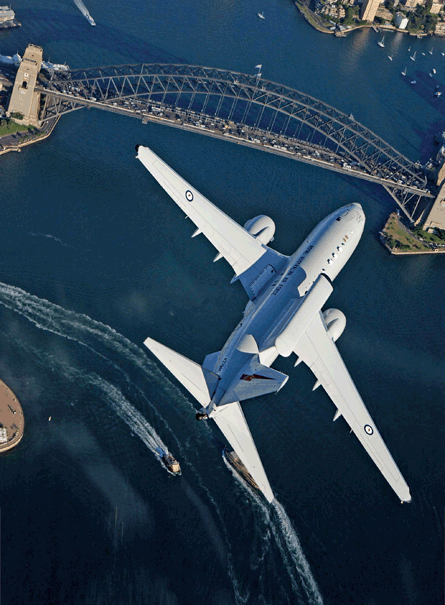Boeing has announced a new setback for the long-delayed plan to deliver fully operational 737 airborne early warning and control system aircraft to Australia and Turkey.
The company's fourth quarter earnings statement included a new charge against earnings valued at $136 million on the AEW&C programme.
Boeing blames the writedown on "additional software development and testing required for acceptance of the Wedgetail aircraft" by the Royal Australian Air Force. The charge also covers the "resolution of issues associated with the test programme" for the Turkish air force's Peace Eagle programme, it adds.
It was not immediately clear whether the new issues will further delay the delivery of full operational capability for Australia's six AEW&C aircraft, ordered a decade ago under Project Wedgetail.
 |
|---|
© Boeing |
The programme has suffered repeated delays due to development problems with the aircraft's Northrop Grumman multi-role electronically scanned array (MESA) radar, Boeing's design for the heavily modified 737-700 and the BAE Systems Australia suite of electronic support measures.
As the lead integrator, Boeing has accepted previous charges worth more than $1 billion as the schedule for first delivery to Australia slipped by more than three years. The company delivered the first two of six Wedgetails to Australia in November 2009, but with limited operational capability.
Turkey has ordered four 737 AEW&C aircraft under its Peace Eagle programme, while South Korea also has four under contract via its Peace Eye project.
The 737 AEW&C features Northrop's unique approach to achieving 360° radar coverage with a "top-hat" array. The MESA radar includes two side-looking arrays, as well as a top-hat array that uses "endfire" techniques to steer the radar beam forward and aft of the aircraft.
Last year, the Australian government commissioned Lawrence Livermore National Laboratories at the Massachusetts Institute of Technology to study whether the MESA radar's architecture can meet its requirements. The results of the study indicated that the architecture was sound, but that software changes would be required to achieve full capability.
Source: Flight International



















